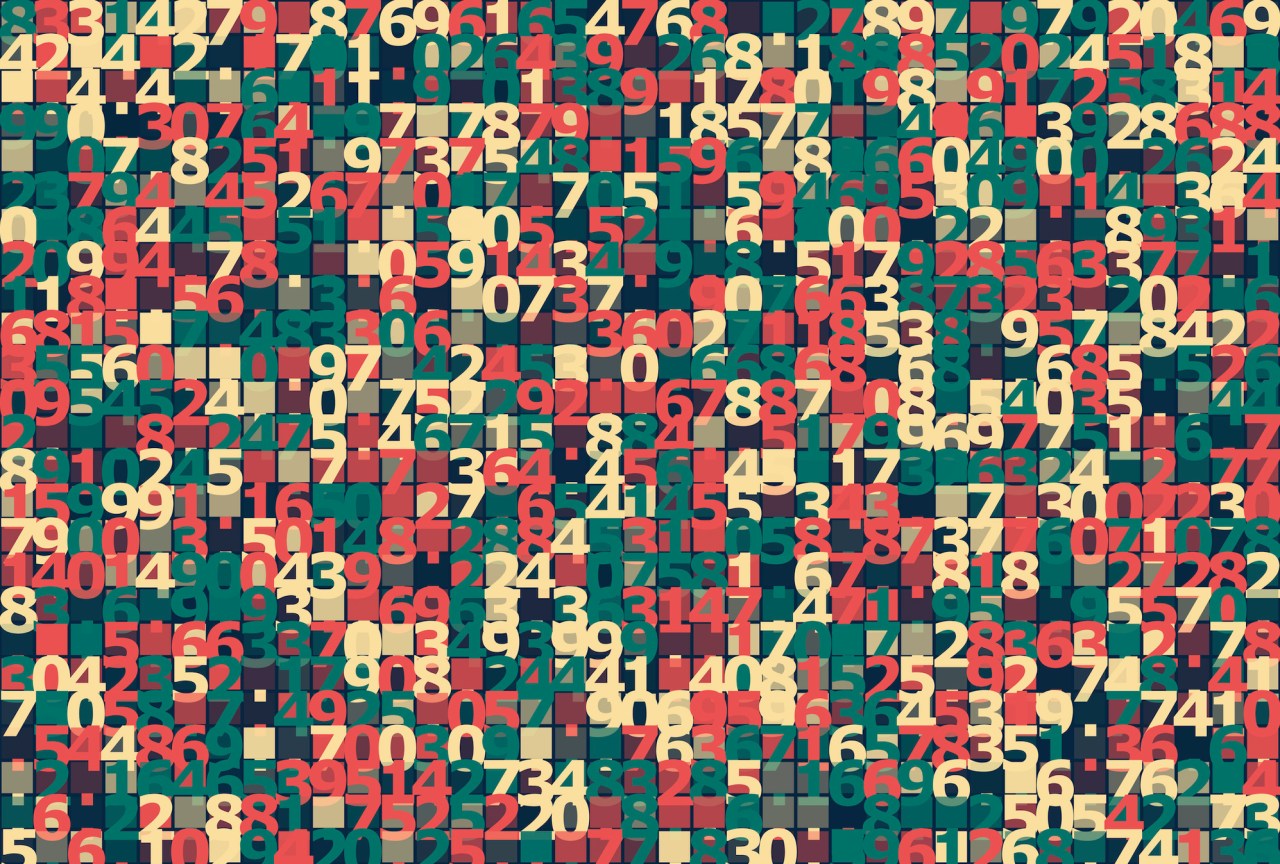As technology continues to evolve at an unprecedented rate, artificial intelligence (AI) models are constantly surprising us. They can perform remarkable feats, yet exhibit peculiar behaviors that evoke human attributes. One such fascinating revelation is their approach to picking random numbersa tendency that unveils both their limitations and peculiarities. This blog takes a deeper look into why AI systems seem to exhibit preferences akin to human beings when selecting random numbers.
The Illusion of Randomness
Humans are inherently flawed when it comes to selecting numbers randomly, and this concept is rooted in psychology. Research shows that when tasked with predicting the outcome of 100 coin flips, human participants tend to overlook specific patterns that naturally occur in randomness. In practice, this means that genuine results may diverge from our expectations, exhibiting sequences like six heads or tails in a row, which most humans don’t include in their predictions.
The same phenomenon occurs when asking people to choose a number between 0 and 100. Most individuals tend to gravitate towards numbers that feel more significant or memorablerarely selecting extremes like 1 or 100, or even multiples of 5. Instead, they often favor numbers from the middle range, such as those ending in 7. This peculiar inclination raises an intriguing question: if humans struggle with randomness, why wouldn’t AI models face the same challenges?
A Recent Experiment: AI’s Favorite Numbers
To explore this further, researchers at Gramener engaged in a captivating experiment, asking several large language models (LLMs) to randomly select a number between 0 and 100. The outcome was far from random. Interestingly, all models tested displayed a distinct “favorite” number that emerged conspicuouslyeven in more varied settings.
- OpenAIs GPT-3.5 Turbo: This model surprisingly settled on the number 47, previously notorious for favoring 42, highlighted by Douglas Adams renowned reference in “The Hitchhikers Guide to the Galaxy.”
- Anthropics Claude 3 Haiku: Demonstrated a clear preference for the number 42.
- Google DeepMind’s Gemini: Opted for 72.
Even more captivating was the human-like bias in number selection displayed by the models. Claude rarely selected numbers below 27 or above 87, while avoiding double digits like 33, 55, and 66 entirely. And, though they had the propensity to generate a seemingly random output, numbers like 77 popped up frequently due to their resemblance to human bias.
Why Do They Prefer Certain Numbers?
Given that AI models lack consciousness and understanding, the question arises: how do they develop these affections for specific numbers? The answer is simple: they rely on training data. These models dont inherently grasp the concept of randomness; instead, they mimic human behavior observed in vast datasets. Their responses are merely reflections of past interactions, and the frequent pairing of a specific prompt with certain numbers suggests a behavioral trend rather than conscious choice.
It’s fascinating to note that the models avoid numbers like 100 because, statistically, few responses within their training data reflect this choice. Without a deep understanding of numerical significance, AI models are limited to producing output that aligns with patterns they have learned.
The Takeaway: AI’s Human-Like Imitation
The quirks developed by AI in picking favorite numbers serve as vital reminders of the anthropomorphic tendencies we hold regarding technology. While the headline might suggest these models think theyre people, the reality is they lack true understanding. They excel at imitating human behavior and language due to their training rather than engaging in cognitive thought processes.
This lesson serves as a poignant reminder that AI is grounded in human-produced content and influenced by our inherent biases. Even when we question whether AI is achieving self-awareness, its essential to remember that these systems merely remix human characteristics for convenience. Keeping this understanding in perspective can help bridge the gap between our expectations and the reality of AI capabilities.
Conclusion
While AI models may exhibit quirks akin to human preferences, they fundamentally lack the thought processes behind those choices. As we continue to experiment with these technologies, understanding their limitations is crucial for fostering meaningful interactions and advancements in AI development.
At fxis.ai, we believe that such advancements are crucial for the future of AI, as they enable more comprehensive and effective solutions. Our team is continually exploring new methodologies to push the envelope in artificial intelligence, ensuring that our clients benefit from the latest technological innovations. For more insights, updates, or to collaborate on AI development projects, stay connected with fxis.ai.

